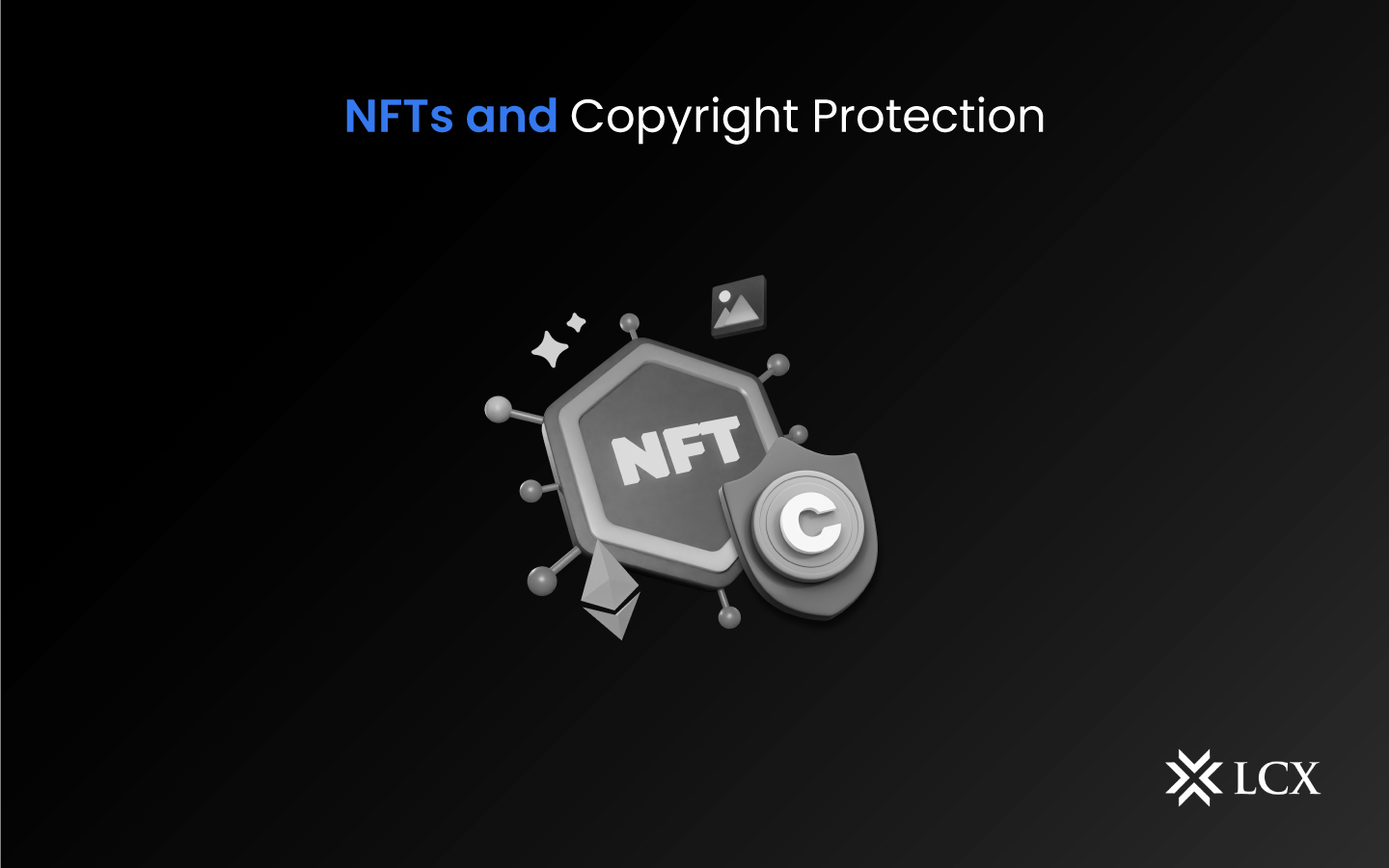NFT corresponds to the acquisition of an original work of art. This implies that the person who buys it acknowledges legal ownership of the digital asset in the same way they would a physical painting. On the other hand, they will not own the copyright. Everything, including the Internet, is prone to becoming a little confusing. However, the use of NFTs raises concerns regarding how copyright law applies to digital property and what new challenges this technology poses.
Ownership of an NFT
Copyright and ownership of the art upon which the NFT is based are distinct from ownership of the NFT itself. The NFT is the property of the individual who mints it. In practice, therefore, the proprietor of the NFT is not always the author of the works. However, minting an NFT for someone else who owns the rights will equate to theft and will be deemed a violation of copyright. Therefore, prior to minting an NFT, the creator must have the legal right to do so, either by being the creator of the digital asset, obtaining the copyright to the NFT, or acquiring the specific rights to mint the NFT.
NFT Trades and Buyer Rights
Most commonly, non-fungible tokens are sold at auction when the seller believes that the NFT is in high demand and that buyers will pay a very high price for it. Likewise, sellers can advertise their NFT on the marketplace for a fixed price and sell it to a buyer for that price. Because the majority of NFTs are constructed on the Ethereum blockchain, the sale and purchase of all NFTs typically occur through a marketplace, with transactions conducted in Ethereum cryptocurrency. The value of NFTs is derived from the uniqueness they symbolize. If the NFT is an exceptionally rare work, then its value increases, and the seller can ask for a higher price. However, market circumstances, such as demand and the hype surrounding a particular NFT, ultimately determine the NFT’s value.
When purchasing an NFT, the purchaser is truly purchasing the metadata within the original work and not the underlying or associated rights. How specifically can the purchaser utilize the NFT? Upon acquiring an NFT, the purchaser becomes the NFT’s proprietor and acquires a mutually exclusive license to store the NFT in their digital wallet. However, this privilege is limited to personal use, and the purchaser may not promote it by displaying the work on a third-party website or product.
Based on what the owner of the rights decides to sell, the buyer’s use of the underlying work may be unlimited with minimal restrictions. However, given the nature of the rights attached to an NFT, the buyer’s use is typically exceedingly restricted. CryptoKitties are non-fungible tokens where the owner has the right to promote the featured artwork, or “kitty” so long as the resulting annual revenues do not exceed USD 100,000.
The transfer of an NFT is always accompanied by a “smart contract,” which is a code-based agreement between the parties that is stored on the blockchain. The NFTs are stored in the distributed digital ledger blockchain, which simultaneously generates a digital signature and enables the monitoring of the NFTs’ ownership. During a transaction, the smart contract facilitates the transfer of NFTs and identifies their owners. While smart contracts are essential for identifying ownership of the NFT, they can be difficult to modify or standardize, which is an advantage as well. This is sometimes negative for both parties because the terms and conditions of the sale of the NFT cannot always be encoded to their satisfaction.
It is uncommon to discover cryptographic licenses for NFTs in the form of smart contracts. However, it is common practice for sellers of non-financial assets (NFAs) to have a list of terms and conditions that are standard for all potential purchasers of their NFAs. On the marketplace where the NFTs are being sold, a link to these terms and conditions is displayed; as a result, all purchasers of the NFTs listed on that marketplace are obligated to abide by these terms and conditions.
However, when it comes to the ownership rights of an NFT, Tiamonds – asset-backed diamond NFTs provide complete ownership of the NFTs to the buyer, along with real world diamonds certified by the Gemological Institute of America (GIA) and LCX certificates.
Learn more: Tiamonds.com
Conclusion
In the ongoing conflict between copyright law and technology, non-fungible tokens represent a new upfront. Digital assets present creators and collectors with both new challenges and opportunities to own and monetize digital assets. As the prevalence of NFTs increases, it will be fascinating to observe how copyright law adapts to this new technology and how creators and purchasers navigate the legal landscape of digital ownership.









